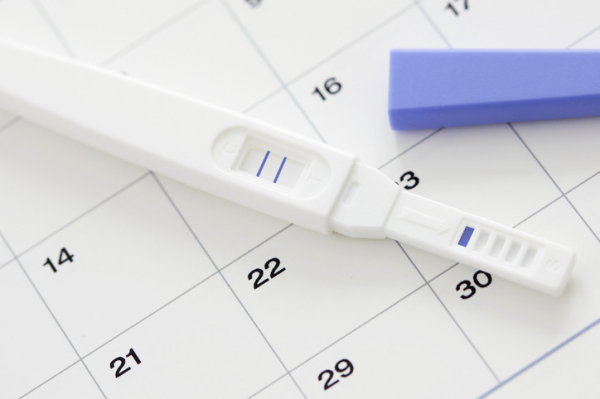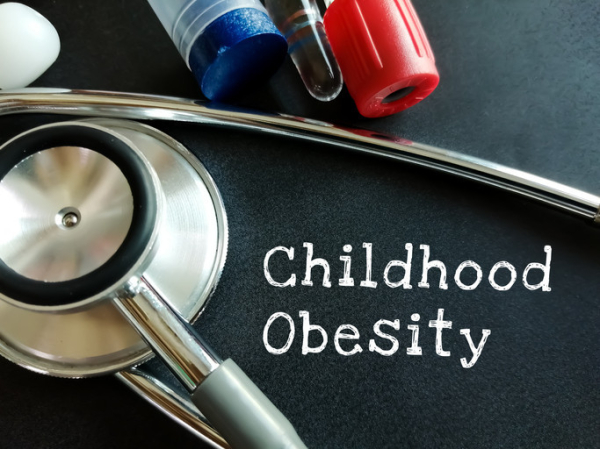
The wait is finally over: after 40 weeks of medical appointments, nursery planning, and anticipation, your baby has finally arrived. She is perfect in your eyes, healthy and adorable. Yet over the next few weeks, your initial joy is replaced by all-consuming worries: Is she feeding enough? Why is she crying so often? Is something medically wrong with her? These worries are constant during the day and keep you up at night. You feel tense and irritable, your heart races, and you feel panicky. Your family members start to express their concern —not just about the baby, but about you. You wonder whether your anxiety is normal.
Baby blues, postpartum depression, or postpartum anxiety?
Chances are, you have heard about the baby blues or postpartum depression. You may have even filled out questionnaires about your mood during your postpartum doctor’s visit. The baby blues are a very common reaction to decreasing hormone levels after delivery, and may leave you feeling sad, weepy, and overwhelmed. However, these symptoms are mild and only last for a couple of weeks. When the symptoms persist and become debilitating, something else could be going on.
Many symptoms overlap between postpartum depression and postpartum anxiety (such as poor sleep, trouble relaxing, and irritability). Mothers experiencing postpartum depression commonly experience symptoms of anxiety, although not all mothers suffering from anxiety are depressed. Establishing the correct diagnosis is important, as women with postpartum anxiety may not respond as well to certain treatments for depression, such as interpersonal psychotherapy or medications such as bupropion (Wellbutrin).
Similar to postpartum depression, postpartum anxiety may spike due to hormonal changes in the postpartum period. It may also increase as a response to real stressors — whether it’s the health of the baby, finances, or in response to navigating new roles in your relationships. A history of pregnancy loss (miscarriage or stillbirth) also increases your risk for developing postpartum anxiety. If you have a history of anxiety before or during pregnancy, postpartum anxiety symptoms may also return after delivery. Anxiety and sadness may also appear after weaning from breastfeeding due to hormonal changes.
Some women experience panic attacks or symptoms of obsessive-compulsive disorder (OCD) in the postpartum period. Panic attacks are distinct episodes of intense anxiety accompanied by physical symptoms including a rapidly beating heart, feelings of doom, shortness of breath, and dizziness. Obsessions are intrusive, unwanted thoughts and may be accompanied by compulsions, or purposeful behaviors to relieve distress. These symptoms may be frightening to a new mother, especially when these thoughts involve harming the baby. Fortunately, when obsessions are due to an anxiety disorder, mothers are extremely unlikely to harm their babies.
What are the treatments for postpartum anxiety?
In general, postpartum anxiety is less studied than its cousin postpartum depression; however, it is estimated that at least one in five women has postpartum anxiety. We do know that therapies such as cognitive behavioral therapy (CBT) are excellent treatments for anxiety disorders, including OCD. For some women, medications can be helpful and are more effective when combined with therapy. Selective serotonin reuptake inhibitors (SSRIs) are generally the first-line medications (and the best studied medication class) for anxiety disorders, whereas benzodiazepines are rapidly acting anti-anxiety medications that are often used while waiting for an SSRI to take effect.
Should you take medications when breastfeeding?
Breastfeeding provides many benefits to the baby: it’s the perfect nutrition, it helps build a baby’s immune system, it may help prevent adulthood obesity, and it provides comfort and security. Breastfeeding also provides benefits for the mother: it releases prolactin and oxytocin (the love and cuddle hormones), which help a mother bond with her baby and provide a sense of relaxation. When considering whether to start a medication, it is important to be aware that all psychiatric medications are excreted into the breast milk. Your doctor can help you think through the risks and benefits of medications based on the severity of your illness, medication preference, and previous response, as well as factors unique to your baby, such as medical illness or prematurity.
What non-medication strategies are helpful in decreasing postpartum anxiety?
- Cuddle your baby (a lot). This releases oxytocin, which can lower anxiety levels.
- Try to maximize sleep. Although the baby may wake you every three hours (or 45 minutes) to feed, your partner should not. Sleeping in separate rooms or taking shifts caring for the baby may be necessary during the first few months. Aim for at least one uninterrupted four-hour stretch of sleep, and be mindful about caffeine intake.
- Spend time with other mothers. Although you may feel like you don’t have the time, connecting with other mothers (even online) can do wonders in lowering your fears and validating your emotions. Chances are you are not the only one worrying up a storm.
- Increase your physical activity. In spite of the physical toll that pregnancy, delivery, and milk production take on your body, physical activity is one of the most powerful anti-anxiety strategies. Activities that incorporate breathing exercises, such as yoga, may be particularly helpful.
- Wean gradually. If you are breastfeeding and make the decision to wean, try to do so gently (when possible) to minimize sudden hormonal changes.
- Ask for help. Caring for a baby often requires a village. If you are feeding the baby, ask someone else to help with household chores. There is an old saying “sleep when the baby sleeps.” You may prefer “do laundry when the baby does laundry.”
And finally, give yourself a break — after all, you just had a baby. Postpartum anxiety is common, and in many cases, it will pass with time.
About the Author

Stephanie Collier, MD, MPH, Contributor
Dr. Stephanie Collier is the director of education in the division of geriatric psychiatry at McLean Hospital; consulting psychiatrist for the population health management team at Newton-Wellesley Hospital; and instructor in psychiatry at Harvard Medical School. … See Full Bio View all posts by Stephanie Collier, MD, MPH
































